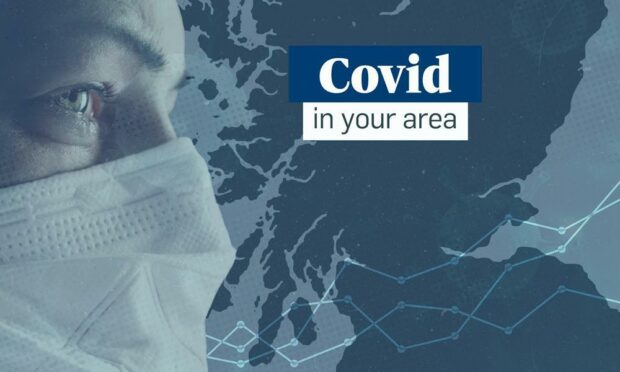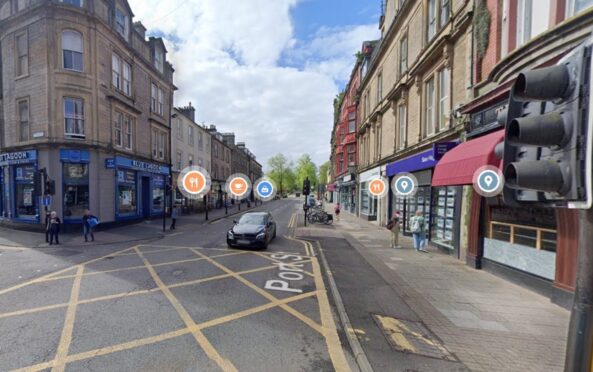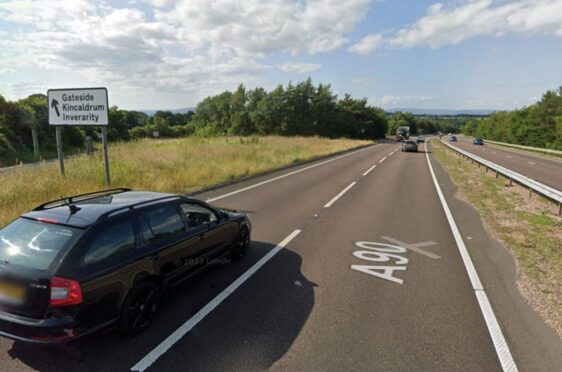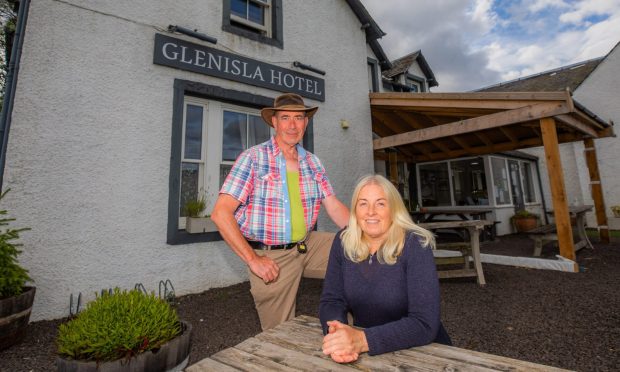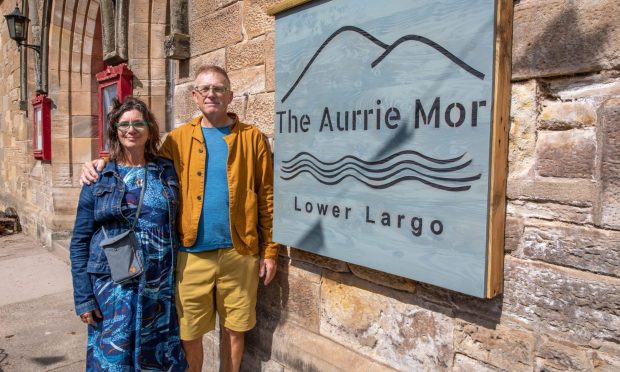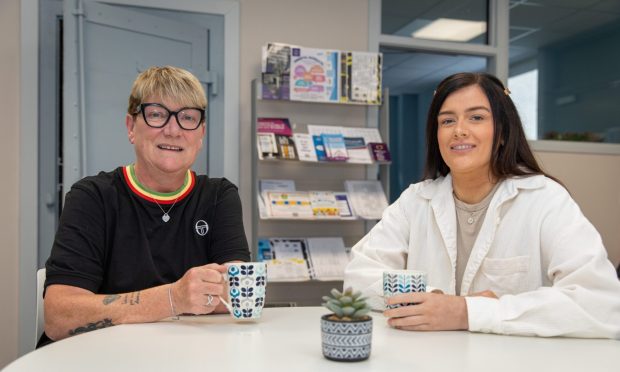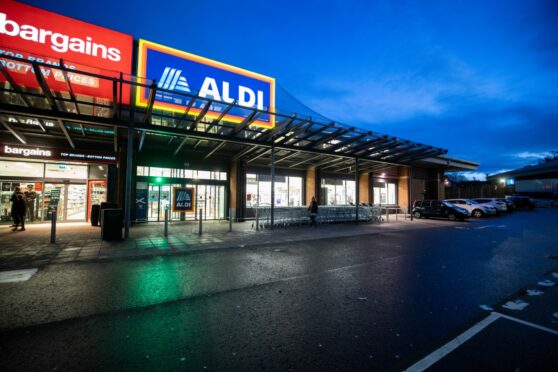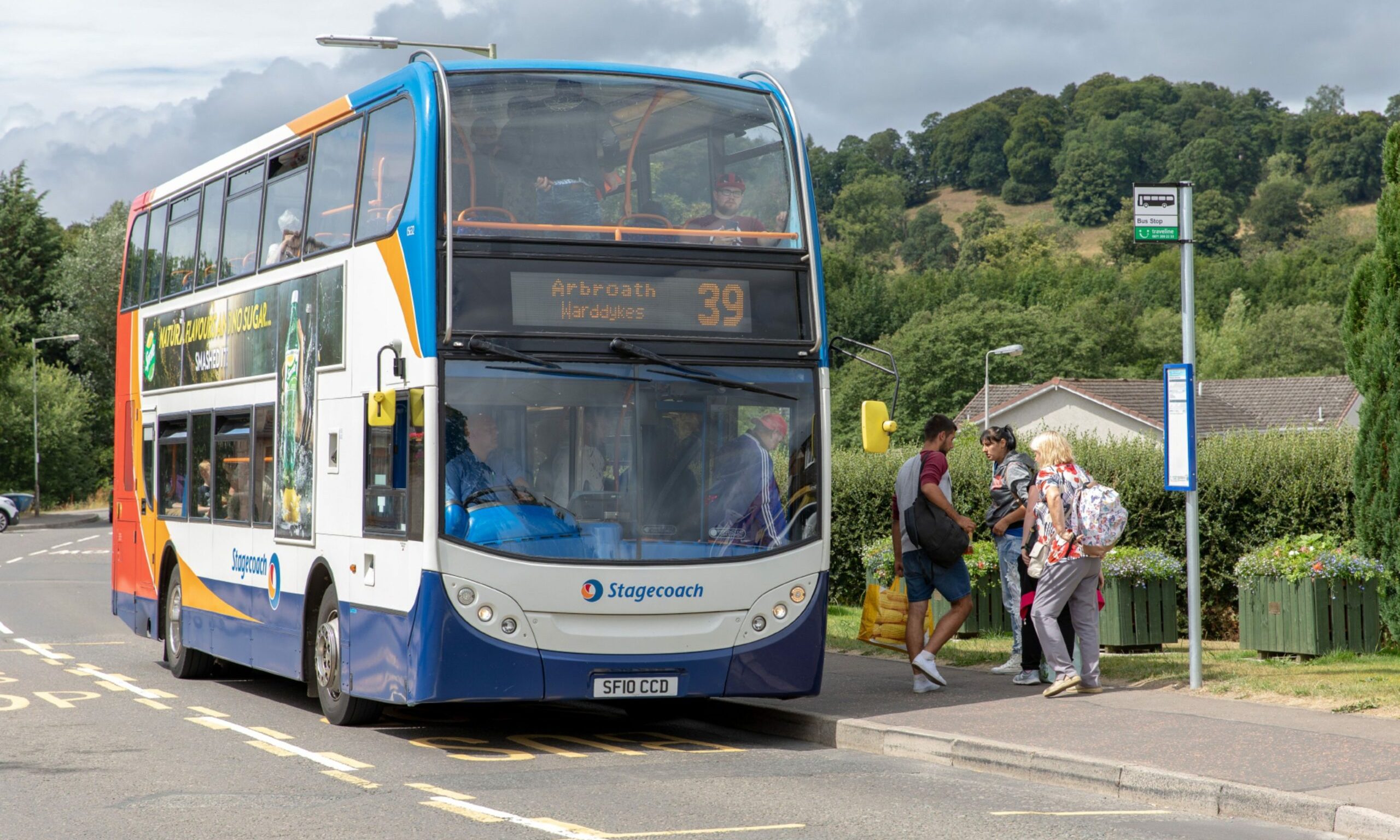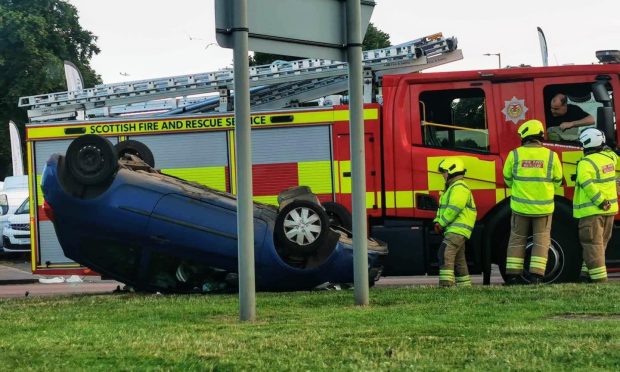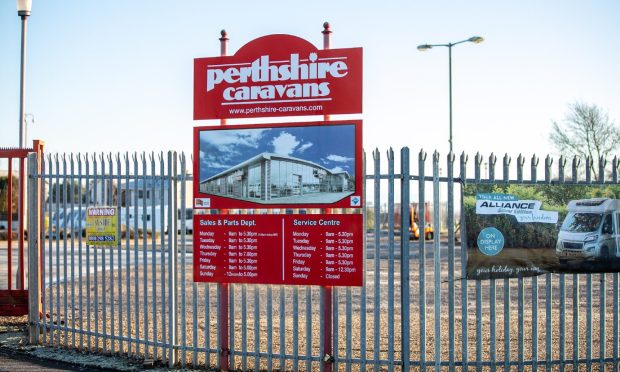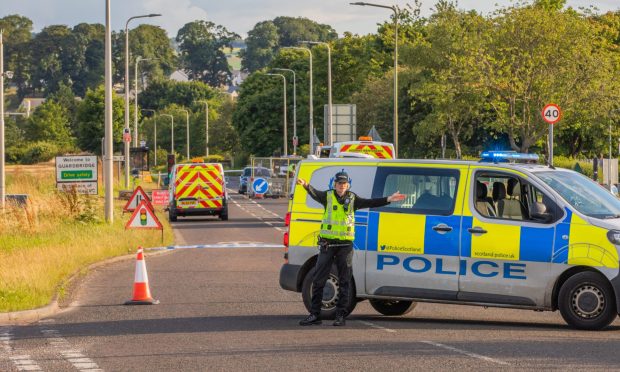Covid-19 cases are on the rise again as new variant Omicron is expected to take over as the dominant strain in Scotland.
This week booster jabs have been rolled out for 18-39-year-olds as the government urges people to take action to help stop the spread ahead of the festive holidays.
People are being urged to limit social gatherings where possible, as it is anticipated this strain of the virus is more transmissible than the current dominant strain Delta.
Our interactive maps below show the case rate by intermediate zone for Tayside and Fife.
Each intermediate zone (IZ), represents an area, quite often a neighbourhood, within each local authority.
Hovering over each area will give additional information including the population of each neighbourhood, how many positive cases have been recorded there in the past seven days, and the seven-day case rate per 100,000 population – a measure which is used to compare areas with different populations against each other to accurately track the spread of the virus.
Below includes details for case rates accurate as of December 13, which was the latest information at the time of writing, as this data is subject to a three-day lag in being uploaded by Public Health Scotland.
We have compared case rates to previous weeks to provide context about whether cases are rising or falling in your area.
We have also included information about the number of deaths in each area.
What are the case rates like in Dundee?
The map below shows each of the neighbourhoods in Dundee.
The three areas with the highest case rate in Dundee were Perth Road, Kirkton and Barnhill.
Perth Road had a case rate of 532.69 per 100,000 population with 40 positive cases in a population of 7,509, while Kirkton had a case rate of 489.6 and 20 Covid-19 cases over the past seven days in a population of 4,085.
Barnhill had a case rate of 480.22 per 100,000 population, with 21 positive Covid-19 cases in the past seven days out of a population of 4,373.
One area in Dundee had a suppressed case rate – Baxter Park. This means it has recorded between zero and two positive Covid-19 tests in a seven-day period.
What are the case rates like in Angus?
The map below shows each of the neighbourhoods in Angus.
The three areas with the highest case rates per 100,00 population in Angus are Monifieth West, Kirriemuir Landward and Montrose North.
Monifieth West had a case rate of 623.17 per 100,000 population with 17 positive cases in a population of 2,728 in the past seven days.
Meanwhile, Kirriemuir Landward had a case rate of 566.37 per 100,000 population, and 16 positive cases in a population of 2,825, while Montrose North had a case rate of 535.79 per 100,000 population and 25 Covid-19 cases in a population of 4,666.
Arbroath Warddykes is the only area in Angus that has suppressed data, of between zero and two positive cases in the past seven days.
What are the case rates like in Perth and Kinross?
The map below shows each of the neighbourhoods in Perth and Kinross.
Pitlochry had one of the highest case rates in Scotland, placing fourth out of the top ten neighbourhoods, on December 13. It recorded a case rate of 1,626.87 per 100,000 population, and 62 cases in a seven day period out of a population of 3,811.
Meanwhile, the other two highest neighbourhoods were Crieff North and Glenfarg, Dunning and Rhynd.
Crieff North had a case rate of 981.36 per 100,000 population and 30 positive cases in a population of 3,507, while Glenfarg, Dunning and Rhynd had a case rate of 705.36 and 35 positive cases out of a population of 4,962.
What are the case rates like in Fife?
The map below shows each of the neighbourhoods in Fife.
The three areas in Fife with the highest case rates are Kelty East, Glenrothes Pitteuchar and Kelty West.
Kelty East was one of the highest case rates in Scotland on December 13, placing third out of the top 10 areas in the country. It had a case rate of 1,654.79 per 100,000 population, with 65 positive Covid-19 cases out of a population of 3,928.
Glenrothes Pitteuchar also had a high case rate – 1,047.54 per 100,000 population and 52 positive cases in a population of 4,964. Meanwhile, Kelty West recorded a case rate of 938.79 per 100,000 population and 25 cases in a population of 2,663 in the past seven days.
There are two areas of Fife with suppressed data, between zero and two cases in a seven day period this week. They are Newburgh and Dairsie Ceres and Dunino.
Deaths by neighbourhood
The map below shows the number of deaths in each neighbourhood across Scotland, and the death rate per 100,000 population.
Glenrothes Woodside in Fife has the third highest death rate in Scotland per 100,000 population, as of data that was released by the NRS on Wednesday, December 14.
It has a death rate per 100,000 population of 961.54, and has recorded 26 deaths in a population of 2,704.
Two neighbourhoods in Fife have suppressed data, which means there have been between zero and two deaths, and as a result data has been suppressed to protect confidentiality.
This includes Cairneyhill and Crombie and St Andrews South West.
